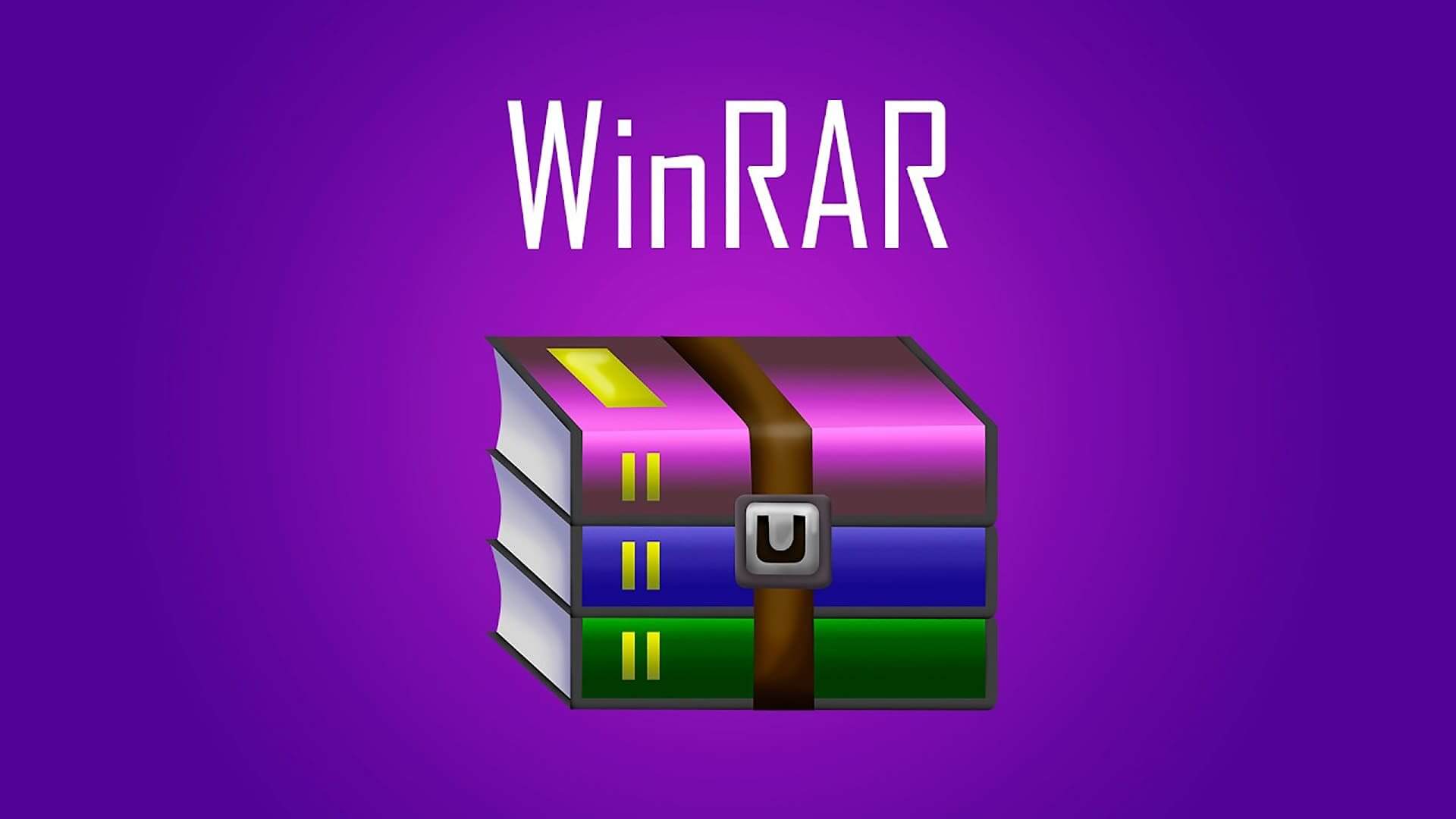
Functions, Benefits, And Disadvantages Of Using WinRAR
To get the most out of WinRAR, you need to know how it works and its pros and cons.
First, I'll tell you what WinRAR is. WinRAR is a powerful archive manager that lets you compress, encrypt, and back up files with one program. It is a compression tool with many file formats, such as ZIP, SFX, NTFS CAB, RAR, ACE, and ISO. One can create, organize, and take care of files more easily and quickly. WinRAR makes small archives, saving space on your hard drive and making it faster and easier to share files. Audio and graphics files can be saved better with a unique algorithm for archiving. We'll take a close look at WinRAR's functions and its pros and cons.
Applications of WinRAR
● It makes shortcuts that make things easy to get to.
● Drag-and-drop works at the same time.
● WinRAR divides archives into multiple volumes. This means that an extensive archive is broken up into smaller ones so that large files can be shared.
● A password can be used to protect data in files.
● WinRAR has special features that make it easy to change archives with just one click.
● Files that need to be compressed can be backed up, and before decompressing them, they can be scanned for viruses. This keeps your computer's data from being at risk.
● When you try to fix a broken archive, you will see the repair function.
● Can make a multi-volume SFX archive and change SFX archives using both default and external SFX modules
Pros of using WinRAR
● Downloading WinRAR gives you access to an original compression algorithm that works well on executable files, large text files, and objects.
● It offers an algorithm for compression that is highly optimized for multimedia data and can be used as an option.
● WinRAR makes sure that documents and files are safe by letting you set a password and add comments to files and archives.
● WinRAR makes sure that data is reliable because it fixes physically damaged files and locks a file so that it can't be changed again.
● WinRAR can create an SFX archive with multiple volumes and change SFX archives by using both default and external SFX modules.
● WinRAR can handle files and archives with a size of up to 9,223,372,036 bytes. In all practical ways, the number of files that can be archived is unlimited.
● The optional quick open information dialog in RAR 5.0 archives makes it faster to open files in WinRAR. The version makes it easier to update files like NTFS file security that have both quick information and service records. The default parameters of brief open details have been tweaked to make it possible for these archives to open faster.
● WinRAR could give the wrong message that the password is incorrect when opening RAR 5.0 files with encrypted file names stored in another archive.
● WinRAR lets you make a solid archive, which can increase the compression ratio by 10% to 50% compared to other methods, especially when packing many small files.
● The complex engine under the hood of WinRAR makes it possible to handle the most common compression formats with a single interface and high speed.
Drawbacks of WinRAR
Even though WinRAR has a lot of benefits and compression and decompression work very quickly with it, the speed of compression and decompression depends on the speed of the computer being used. This means that compression and decompression may be slower on slower computers. When it comes to hardware resources, that's where the big problem can come up. Working with three or four archives simultaneously can be a bit much for slower computers.
Maximum file size and number of input files for RAR
With disks getting bigger and the number and size of files getting more prominent, some archiving formats hit built-in standard limits when they used 16-bit or 32-bit variables to index archive content (such as the number of files in the archive or the total size of the archive) or the compressed or uncompressed size of single input files.
With the need for bigger multimedia and database files and removing 32-bit size limits in modern filesystem updates, most archive formats switched to 64-bit size variables for file sizes. This means that files and archives can be up to 16 EB (exabytes) in size (or 8 exabytes if implemented using a signed 64-bit integer), which is more significant than most users' needs and beyond the capabilities of most operating systems (or software implementations).
For it to work with huge files, as specified by modern archive formats, the operating system and filesystem it runs on must have the same or higher limits.
With modern filesystem designs, which usually allow a theoretical 64-bit file size of 16 exabytes, the software often limits the maximum file size and maximum volume size rather than the format design. However, unlike older 32-bit variable-based methods, filesystem limitations usually go beyond the user's needs.
Common filesystems include NTFS, the default for modern Microsoft Windows systems; FAT32, which is for older Windows systems, exFAT for USB flash drives and SD cards; and ISO and UDF for CD, DVD, Blu-Ray, and other disk formats.
